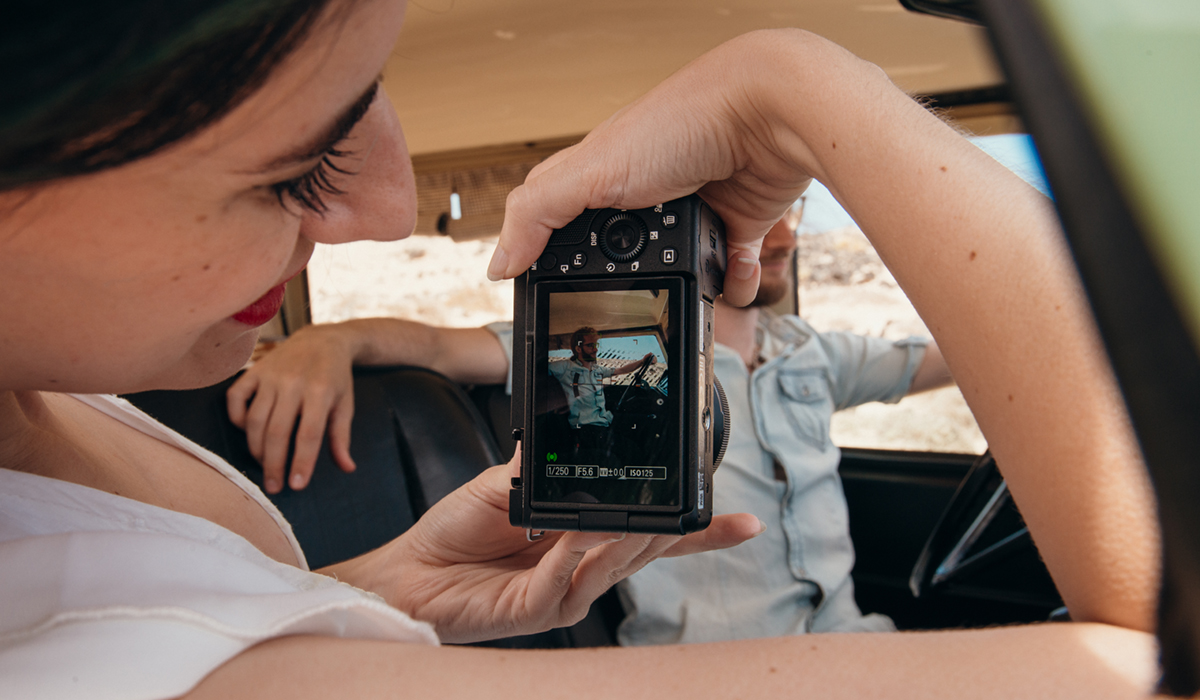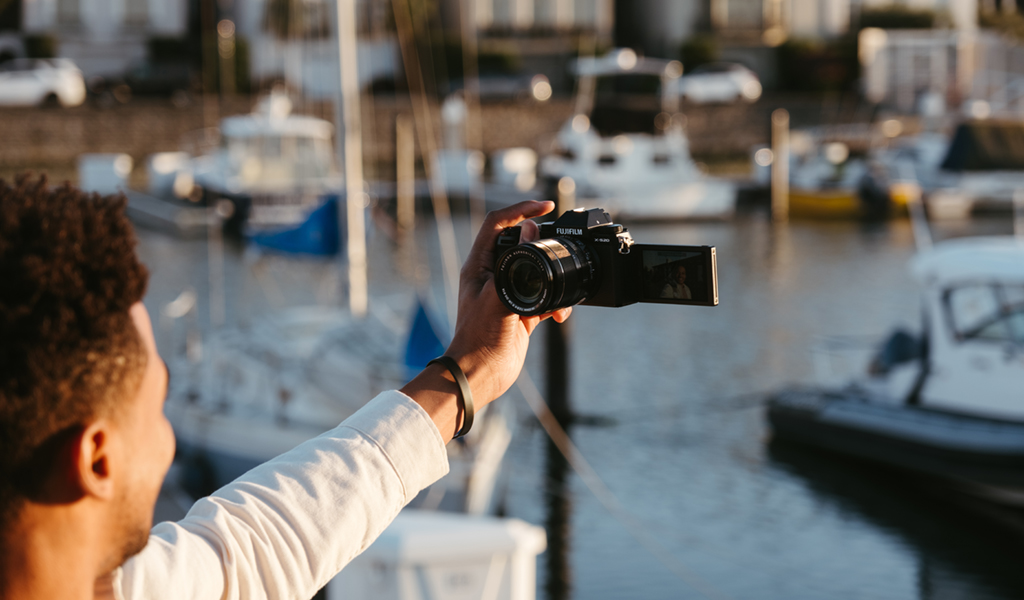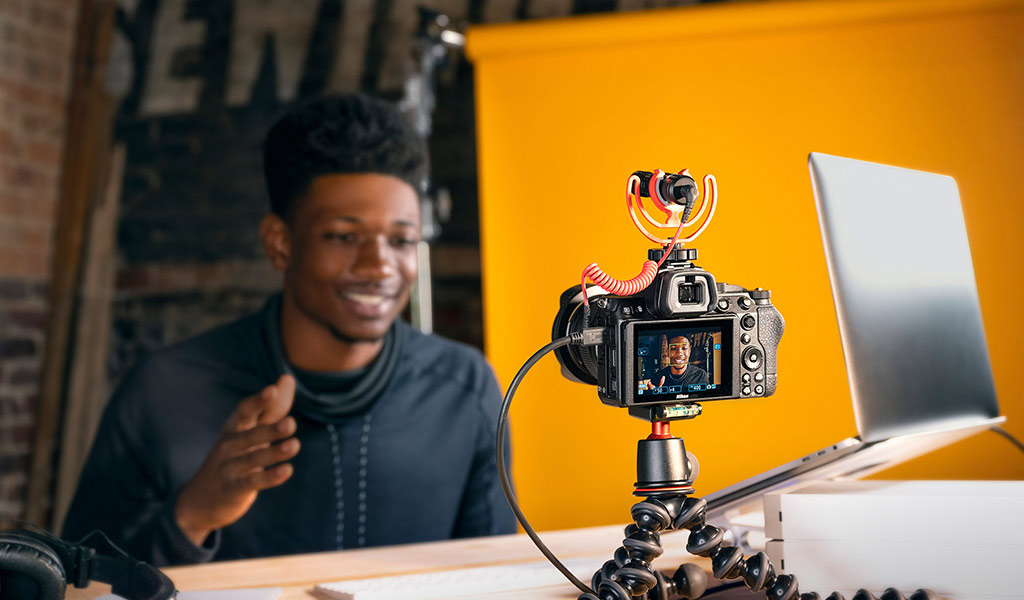
Content creation is no longer just about self-expression or chronicling one’s travels, it’s become a profession unto itself. That can also depend on your interests and the platform you use, be it YouTube, TikTok, Instagram, or simply branching out as an indie creator trying to start a business with the best camera for content creation.
To realize a creative vision, you need gear to capture it in high quality. The market is laden with excellent cameras, so it can be agonizing to choose the right one. Do you need it more for video or for still photography? Is a hybrid that’s good at both and more in line with your ideas? Can the camera you have in mind work well with accessories and other gear necessary to produce quality work? I’ll do my best to help guide you through the process based on preference and budget.
What to look for in a camera for content creation
It’s always important to be as sure as you can about what you want the camera for. That includes noting the features you prefer most and what the bare minimum looks like. For instance, as a content creator doing a lot of video, you should never accept less than 1080p resolution, though 4K is now the standard to produce crisp quality that looks more professional. Part of the reason is also because you have more editing flexibility, even if you’re posting on a platform that’s mostly 1080p.
Shooting video also often requires portability. If you’re moving around a lot or need something that’s easy to wield handheld, you want to consider both the size and weight of the camera body and the lenses it works with. Another major consideration is the rear screen. Does it flip out or just tilt? A screen that flips makes it far easier to articulate and face forward for those times when you need to frame and record yourself.
This is also why autofocus is critical. If you’re standing more than arm’s length from the camera, it needs to know to sharply focus on you. Fortunately, face and eye detection are common features in the latest cameras today, helping tremendously in the field. The efficacy of autofocus may vary from camera to camera (or even brand to brand) but you can expect at least a base level of face recognition to apply.
Note, however, that the smaller the body, the more likely battery life won’t match that of larger bodies. Can the camera shoot and charge at the same time? That would be great as a way to do longer-form recording without worrying about running out of juice.
When it comes to talking, built-in microphones are generally bad at isolating voices, so you’ll have to consider an external mic of some kind. That could be a shotgun boom mic mounted onto the hot shoe or a lavalier/wireless mic that clips on to your clothing to capture the clearest audio.
Best cameras for different types of content creators

There are no hard and fast rules that apply to every content creator because needs may differ. Vloggers will usually prefer something light, easy to handle, and capable of delivering excellent video straight out of the camera. The Sony ZV-1 II is a good example of that. Unlike other Sony mirrorless cameras, it focuses far less on still photography and offers more video-centric features. Plus, it’s compact, has a flip screen, and excellent autofocus. Another example is the Canon PowerShot G7 X Mark III for its solid image quality and live-streaming capabilities.
Filmmakers interested in more cinematic storytelling could look at the Blackmagic Pocket Cinema Camera 6K for its outstanding dynamic range and support for professional video formats. Similarly, the Panasonic Lumix GH6 is a workhorse with advanced video options, great stabilization, and 10-bit 4:2:2 internal recording.
Still photographers have a lot of options, and those choices often boil down to some key factors. Megapixels alone don’t make a camera. A full-frame camera with 60-megapixels isn’t always better than a 30-megapixel one. For instance, if you shoot a lot of low-light scenes, each individual pixel in the 30-megapixel sensor is bigger than in a 60-megapixel one, making it easier to gather more light. However, if you shoot a lot of landscapes or portraits and you want more flexibility to zoom or crop in, the extra resolution becomes an advantage.
In some cases, you may want an ancillary camera to supplement what you’re working on. Action cams have long been the easiest way to record footage in more challenging situations. Now that TikTok and Instagram cater to these cameras (to some extent), they may be appealing ways to augment your creative vibe. Good examples include the Insta360 X5, GoPro Hero13 Black, and DJI Osmo Action 5 Pro.
Essential features and accessories for content creators
Even the best camera for content creators isn’t going to make all the magic happen on its own. In natural daylight, you may need little in the way of lighting help but that changes while indoors or in low-light conditions.
You shouldn’t overlook lighting because it can drastically improve visual quality. Portable LED panels or a good ring light can make a huge difference, especially in those same low-light settings or indoor environments. You can also make use of MagSafe lights that work on select iPhones and Android devices (via cases) to attach lights to the back and use them as mobile light sources to illuminate a subject with a free hand or while the camera is on a tripod.
Then there’s sound quality, which I already addressed earlier. Invest in a good mic to ramp up the audio in your video. Terrible sound can ruin even the most appealing visuals. And if you think otherwise, find a video online with poor audio and see how you react to it.
Tripods and monopods are super helpful for stabilization. As are gimbals when you want smooth panning in any direction.
It’s also a good idea to get at least one extra battery and memory card. An extra battery extends the amount of time you have to record what you need. Since camera batteries don’t charge quickly, they become indispensable tools. Same with memory cards. You don’t have to always erase or reformat the card when running out of space. An extra one can be helpful to have as a backup when you’re low on space.
Check out must-have accessories for content creators, including others I saw at CES 2025 in Las Vegas.
Our top picks: Best cameras for every budget

Cameras are expensive but don’t fret—there’s a point of entry for every budget. The best way to look at this is by budgeting for what fits best with what you have in mind. Creating content is an evolutionary process where you learn and adapt as you gain experience and inspiration. Naturally, you want a camera that will last and work for you for years but you may have to improvise if you don’t get absolutely everything you’re looking for—especially at lower price points.
That being said, the good news is options abound. Mirrorless cameras have come such a long way now that you’ll find more affordable options that prove truly capable of great work. Remember: the camera is a tool that goes as far as your trained eye goes. Anyone can take a photo or record a video but capturing compelling content comes from your own interpretations.
With that in mind, here are some options based on budget:
Budget-friendly (Under $500)
- DJI Osmo Action 5 Pro: Versatile action cam with excellent stabilization. Check out the review.
Mid-range ($500–$1,200)
- Sony ZV-E1: Interchangeable lens camera with excellent video quality and audio support. Check out the review.
- Canon EOS R50: Solid mirrorless camera that can handle both still photos and video.
Premium ($1,200 and up)
- Sony A7 IV: Industry favorite for hybrid creators, with 10-bit 4K, excellent autofocus, and low-light performance.
- Canon EOS R6 Mark II: Powerful full-frame camera great for video and photo needs.
- Fujifilm X-S20: Great for hybrid shooters with powerful video features and superb color. Check out the review.
Final thoughts
There’s no question that using the best camera for content creation, or even new gear, is an exciting prospect. What can you create with it? What possibilities do they open up? At the same time, you want to make the best decision given the costs involved. Totally understandable, and all the more reason to find what aligns best with your creative style and workflow.
Check out the latest cameras available, along with the latest accessories.





